What to Do in Belgium, From Cities to Canals
Despite its small size, Belgium’s high density of historic sites and architecturally interesting towns means there is plenty to see here. This is a country that has repeatedly served as a stage for some of the most significant events in European history – so perhaps it’s no surprise that history is afforded such reverence here.
The care taken to preserve architecture has led to urban areas packed with unspoilt Medieval buildings, ancient city squares unchanged for centuries, and awe-inspiring historic places of worship. But it’s not all history here; the countryside has abundant charm as well.
To help you plan your trip, we run through some of the top Belgium tourist attractions to look out for below.
The Waterways of Bruges
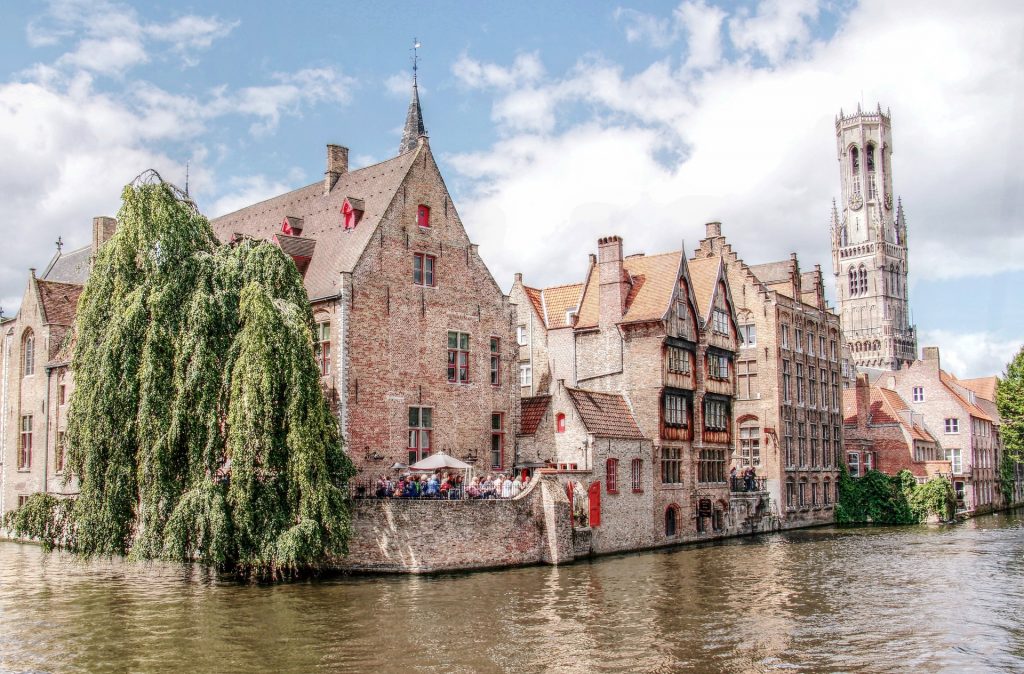
Bruges is one of the most popular towns in Belgium for visitors, and it’s not hard to see why: winding cobbled streets, ancient architecture and a culture rich with tradition all add to the town’s fairy tale atmosphere. But one of the major draws of the town is its network of canals flanked by pretty houses. Whether you decide to explore them on a boat trip, on foot or by bike, you’ll come across many beautiful scenes along the way. Scenic bridges criss-cross the water, and you’ll have plenty of opportunity to discover charming shops, cafés and pubs too.
Just to the north of one of the most famous and picturesque canals, the centrally located Groene Rei (Green Canal), you’ll find one of Bruges’ most iconic spots: the square that houses the historic Belfry of Bruges.
La Grand Place, Brussels
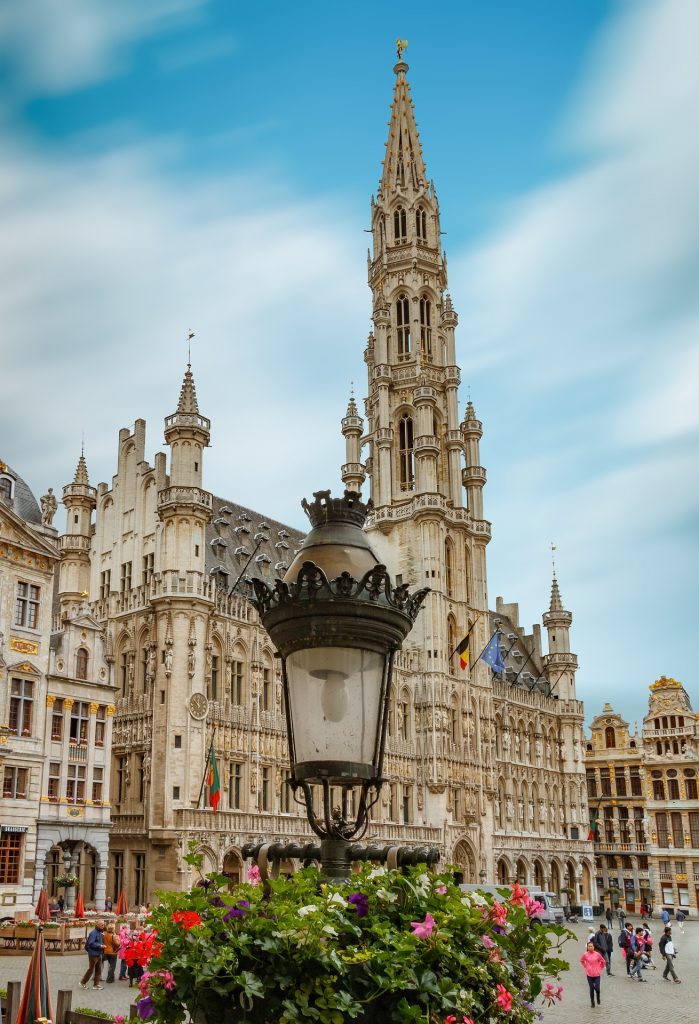
Visit Belgium and you are very likely to end up in Brussels’ Grand Place at some point. This UNESCO World Heritage Site is a showcase for stunning architectural styles from the 14th to the 17th centuries. The elaborate town hall, a masterpiece of Gothic design, is a particular highlight. Admire it from outside, or go in to see its opulent interior and take in wonderful views of the square.
Although the square is a striking sight at any time of year, to be truly bowled over you should aim to visit it when the Flower Carpet is on display. In August every second year, the square is brightened up by this elaborate and colourful design, made up of hundreds of thousands of begonias.
La Grand Place, Antwerp
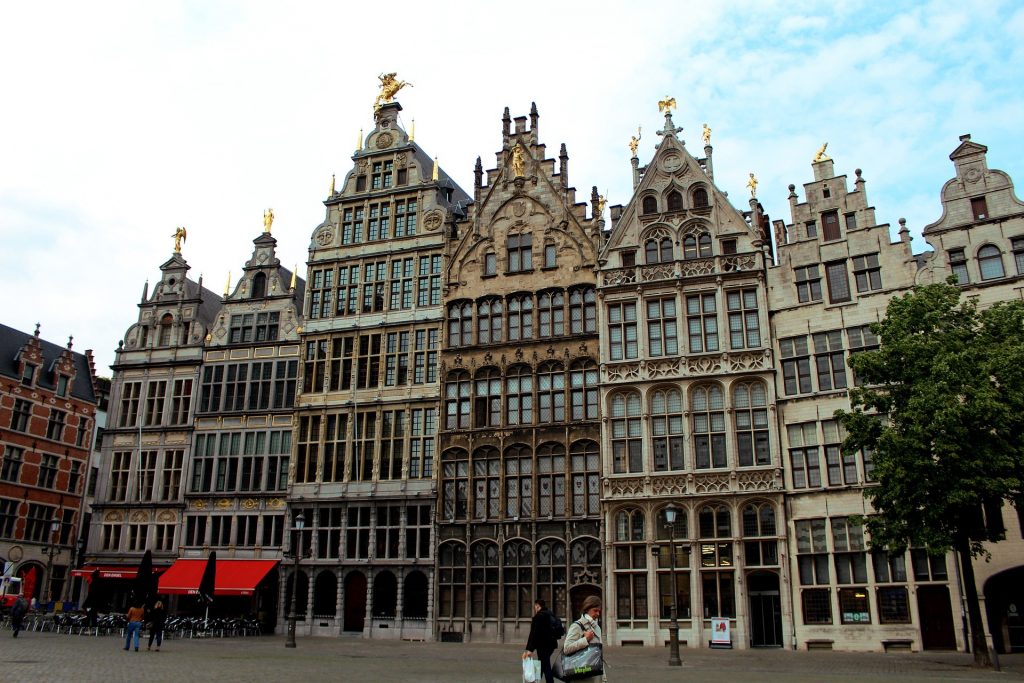
Another historic main square very much worth visiting is La Grand Place in Antwerp. Here, the focus is very much on 16th-century design, and the square’s guild houses dating from this century are among the best-preserved examples of traditional Belgian architecture you’ll find anywhere.
Again, the town hall here is another gem.
Ghent Old Town, Ghent
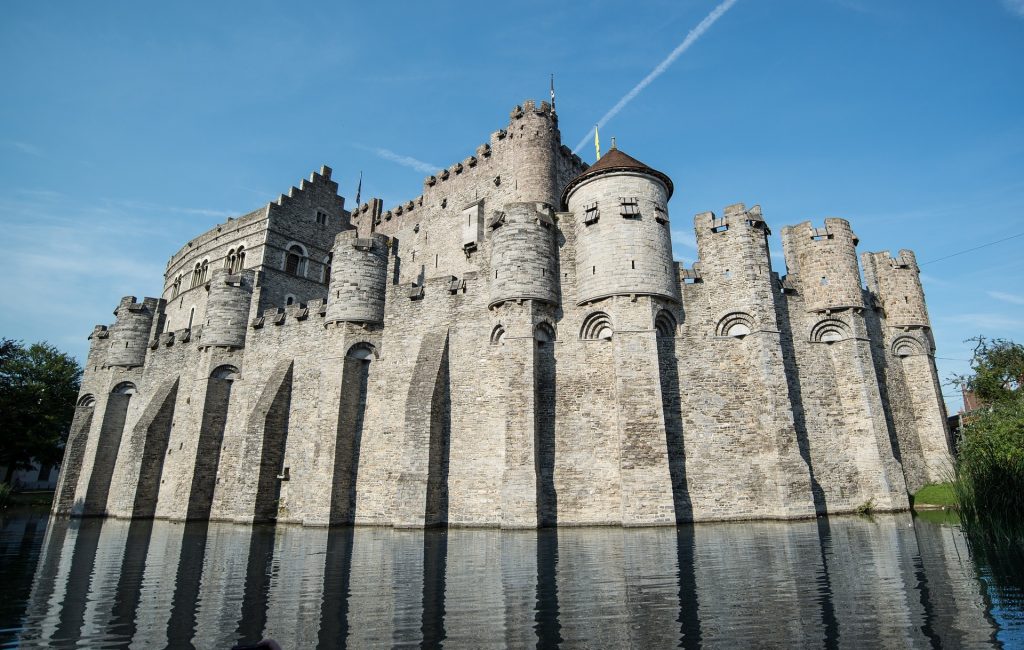
Although may towns in Belgium are known for their Medieval buildings, one that has really gained a reputation over the past few years is Ghent. The old town here appears to be straight from a storybook, with its lovely streets filled with pretty houses in the traditional Dutch style.
In the warmer months, you’ll find plenty of pubs and cafés offering outdoor seating, where you can admire the ancient architecture at the same time as sipping on a refreshing Belgian beer.
The most prominent sight Ghent’s old town, however, is the spectacular Gravensteen, a vast and forbidding fortress located at the heart of the main tourist area. Overlooking the River Lieve, its ramparts offer wonderful views, and the building’s well-preserved interior spaces now house a museum on Medieval life.
To the south of the Gravensteen, Sain Bavo’s Cathedral is another treasure old town. The tall Gothic building can be seen from many streets away. Up close, it is even more impressive. Its interior is packed with ornate ecclesiastical treasures, the most famous of which is the painting The Altar of Ghent, by the Flemish painters Hubert and Jan van Eyck.
Flanders Battlefields, Flanders
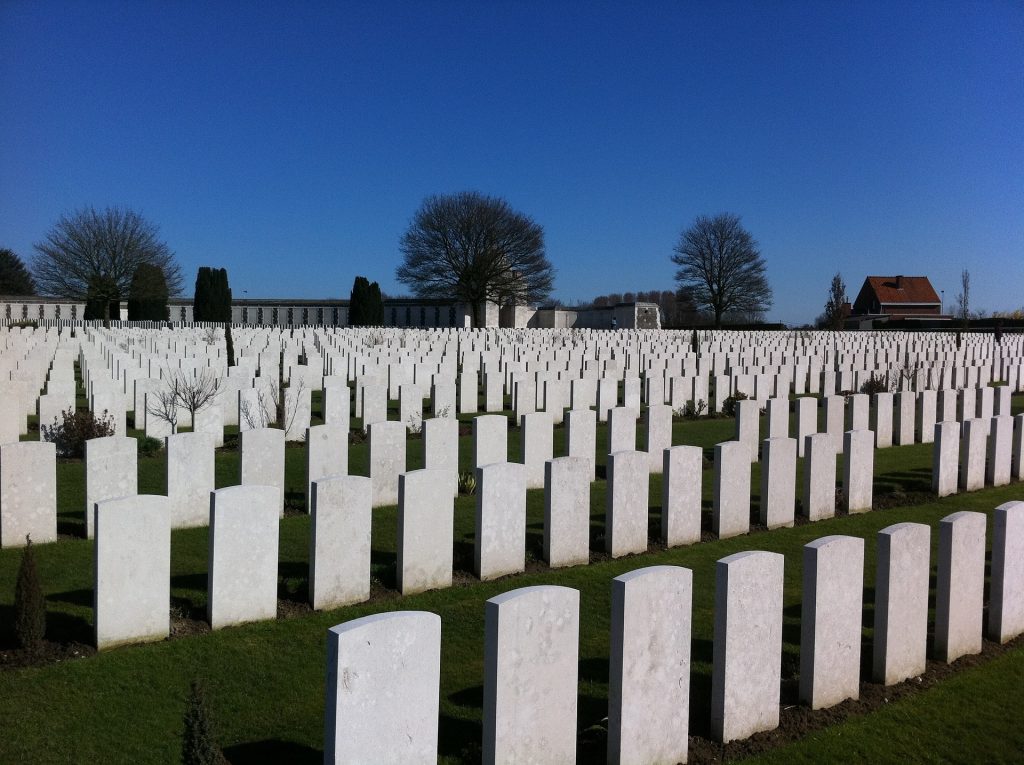
The battlefields of Flanders attract visitors in their droves each year. Some people come to pay their respects to the many who died here during World War I; for others, it’s the chance to step back in time that’s the draw.
The trenches surrounding Ypres have been maintained, and thousands of soldiers are also buried in the vicinity. Visit cemeteries devoted to soldiers from both sides of the war. These poignant places serve not only as memorials to the fallen, but also as places to reflect upon the destruction of World War I and the immense human cost of war more generally.
Meuse Valley
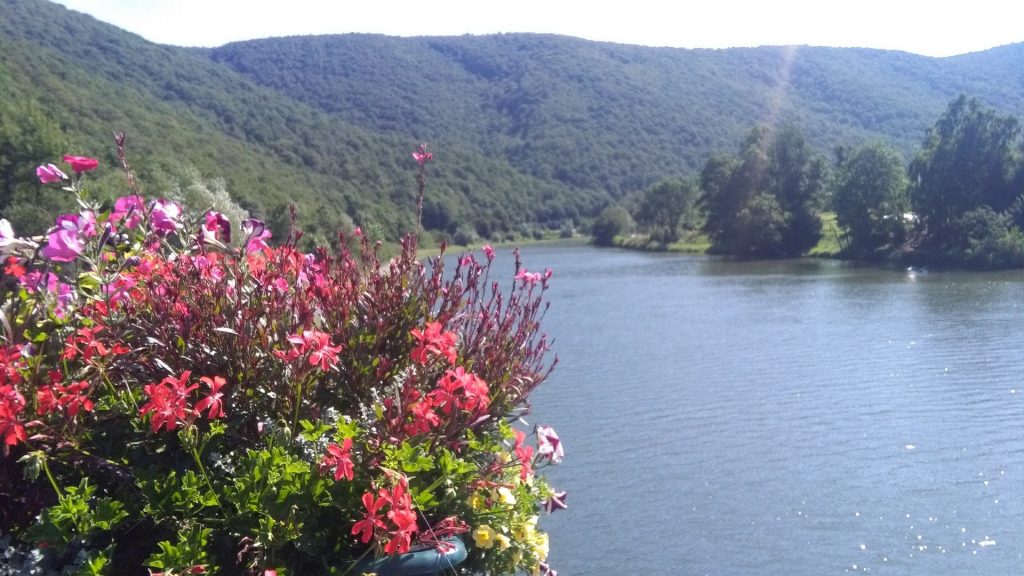
When you feel like you’re overloaded with history, escape the towns and leave behind your checklist of Belgium tourist attractions as you make your way out into the beautiful countryside. Put on your hiking boots and start exploring the gorgeous Meuse Valley by foot, hire a bike, or take in the area in a more relaxing manner – from the deck of a boat. River cruises are a popular pastime here.
Snap photos of the soaring limestone cliffs and take the time to visit some of the scenic villages and historic sites scattered throughout the area. If you’re a nature lover, don’t forget your binoculars. The lush forests of the valley are abuzz with birds and other animals.
The Horta Museum, Brussels
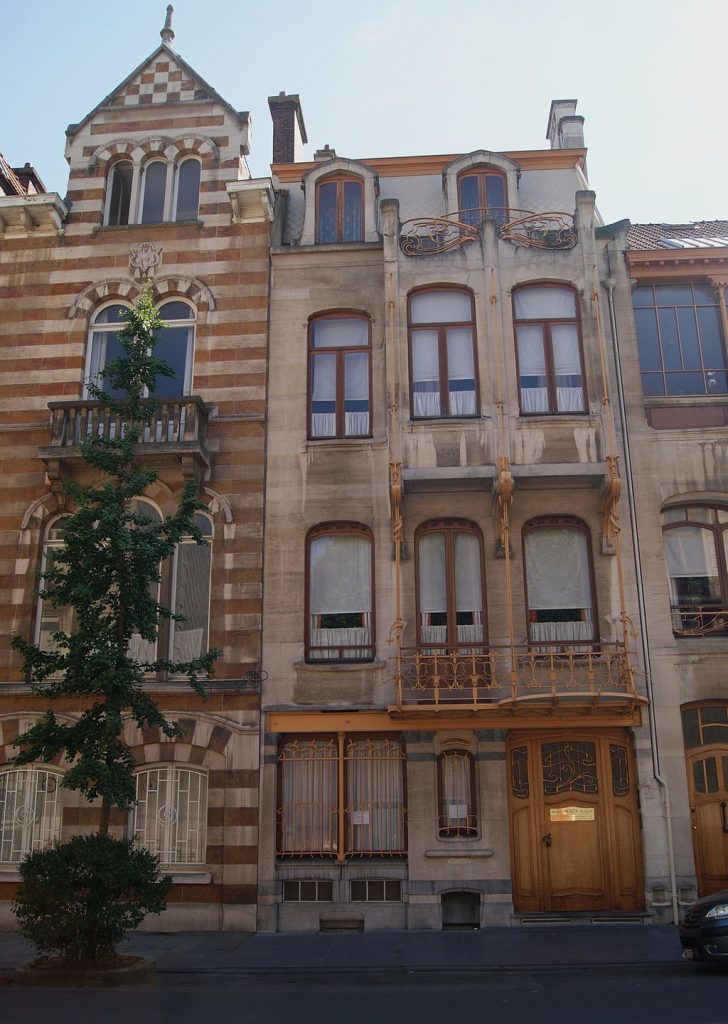
As an artist, architect and designer, Horta created a vast output of work, and many of the buildings he designed still stand in Brussels. The Horta Museum is one of these, and this absolutely breath-taking building now houses a museum all about the man himself.
This was once Horta’s home and workplace, and the most of the original features of the building have been kept exactly as they would have been when he was here. Features to look out for include beautiful stained glass and mosaics, flowing staircases and gently curving ceilings, along with a wealth of wonderful furniture.

